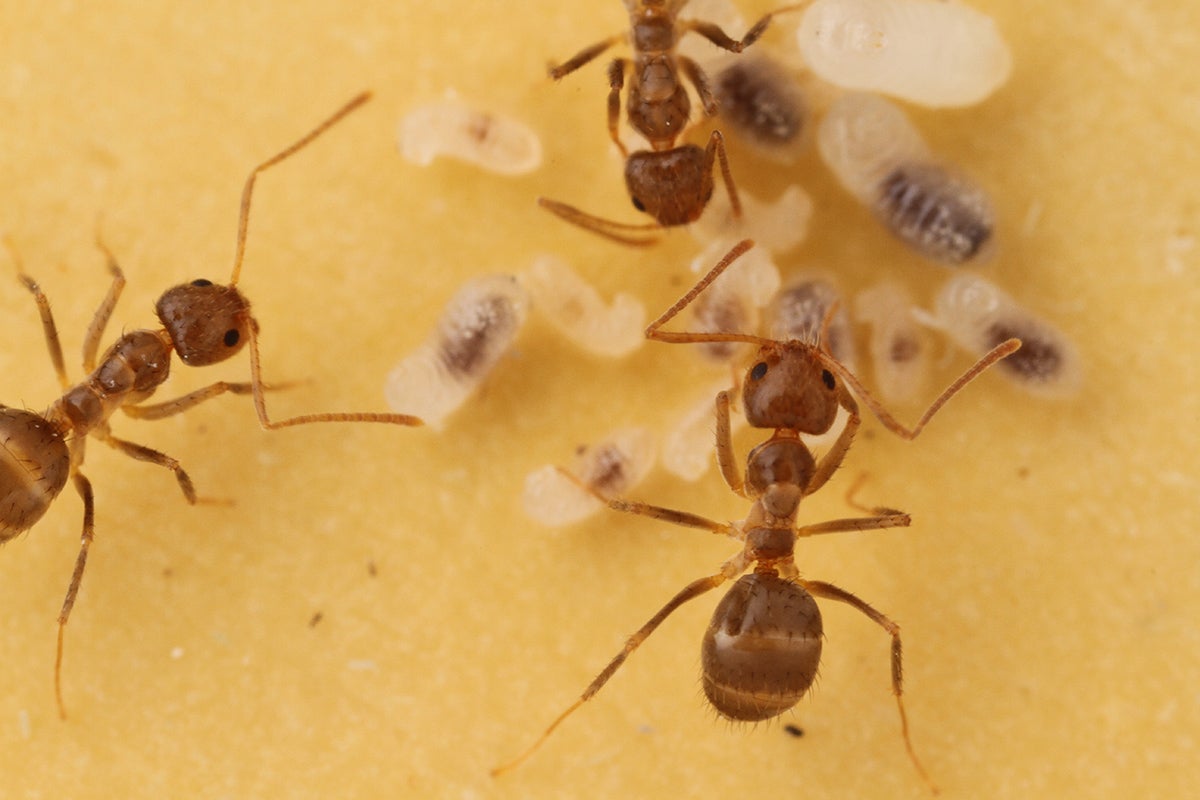Engineering Bacterial Communities Improves Plant Growth
University of Texas at Austin scientists say there's a simple way for home gardeners and small farmers to give plants a pesticide-free boost: by harnessing the power of often helpful bacterial communities known as the microbiomes of plants.
"Any horticulturist or farmer can potentially use these methods to improve growth and health of crops, and it may be a cheaper way to help curb plant and animal diseases compared to pesticides, antibiotics and the creation of genetically modified organisms," says Ulrich Mueller, a professor of integrative biology. "The methods are super simple—all you need is a syringe and a filter—meaning any farmer in any location could potentially do this to engineer microbiomes that are specific to the problems of the specific location where the farmer attempts to grow food."
Many scientists have expressed interest in how plant microbiomes can be used to grow healthier crops, with some going so far as to suggest that unleashing microbiomes' untapped potential could be the next big thing in agriculture to help keep up growing demand for food on the planet.
In a recent paper published in Trends in Microbiology, Mueller and integrative biologist Joel Sachs, describe how engineering plant soil microbiomes improves plant growth. Mueller also produced a video that shows how anyone can replicate the method—officially known as host-mediated artificial selection on microbiomes—to grow healthier plants, without pesticides or plant breeding.
Mueller and Sachs, who is now at the University of California, Riverside, applied the method to a grass that's a close relative of domesticated wheat. All the plants in the experiment were genetically identical, meaning they had been highly inbred, so that genes and evolution could be ruled out as factors in any variations in their growth. Nonetheless, some plants grew larger and leafier, and bacteria from the roots of these thriving plants were harvested with a filter that removed fungus and other unwanted material in the soil. The bacteria were then given to other plants being grown from seed. The grasses that had been exposed to the microbiomes from the roots of the thriving plants grew largest, essentially gaining the benefits of the other plants' microbiomes.
Artificial selection of animal microbiomes is also possible, with selected animal parents passing healthier microbiomes to their offspring. However, experiments to engineer microbiomes of animals are more complicated.
Mueller notes that greenhouse environments are the easiest places to conduct the method on plants, and that greenhouse crops such as lettuce, cucumber and tomatoes would all be good contenders for its application. He is hopeful that others will become interested in optimizing plants using the methods that stemmed, largely, from research he and then-graduate student Sachs did at UT Austin, after talking it through in class.
"Graduate students are very important at UT in opening up entire new research dimensions," Mueller muses, recalling how the idea for the method started. "Some chance discussion with some sharp students in a graduate seminar at UT can lead to novel research directions, taking science where no one had gone before."
The authors received funding from the National Science Foundation.
4-Step Process for Growing Healthier Plants
This process often delivers results with the first generation of new plants, even with only a single application. You can repeat the process below with subsequent generations of plants to amplify the effect.
- In a greenhouse, identify the plants that are already growing best, such as the leafiest lettuce (or in the image below the plants on the right). Harvest these plant at the point when they are thriving, and cut off some of the roots.
- Place these roots in a small container with purified or previously boiled water.
- Use a syringe (ideally with a filter attached to remove unwanted fungus), and extract the communities of healthy bacteria living on the roots—the microbiomes.
- With seedlings of the same plant that are a few days old and at the point of growing their own roots, apply 2-4 ml from the syringe to the surface of the soil.



